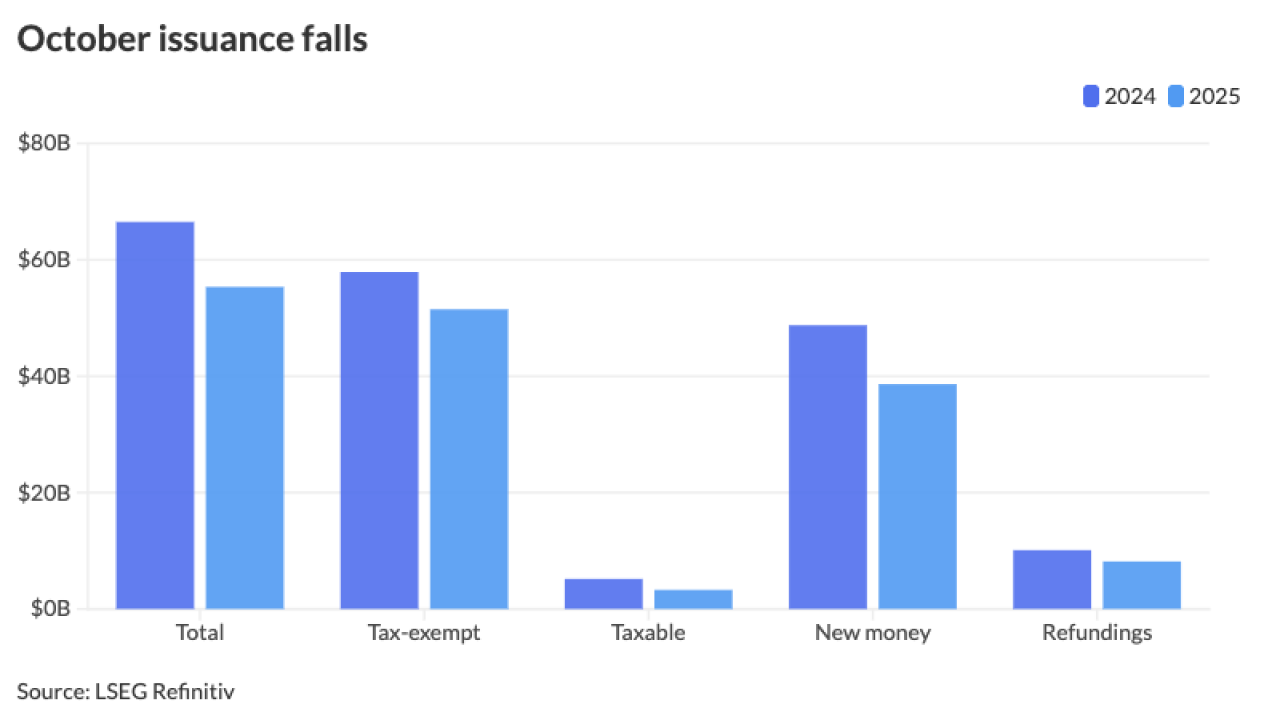Gary Sasse, a longtime Rhode Island public finance official, worked two previous recessions and says the COVID-19 crisis is like no other.
Sasse, the founding director of the Hassenfeld Institute for Public Leadership at Bryant University, was a fiscal advisor to Gov. Bruce Sundlun who in 1991, closed 45 credit unions during the state’s savings and loan crisis. He was also Gov. Donald Carcieri’s revenue director during the 2008 recession.
As soon as Sundlun took office, he closed the credit unions, banks, and loan and investment companies insured by the private insurance fund Rhode Island Share and Deposit Indemnity Corp., which had declared insolvency.

“When Gov. Sundlun took office, he had two emergencies, the credit-union crisis and the state budget,” said Sasse, who had previously been director of the Rhode Island Public Expenditure Council.
“The state wasn’t shut down back then,” he said. “We cut the hell out of everything but the state wasn’t closed. Businesses weren’t closed.
“This is much more complex. Revenues have fallen off the table and there is the need for more spending. And there is a psychological aspect that makes it difficult to identify the magnitude.”
With income tax payments delayed, Rhode Island took a novel approach to patch up its budget: activating a “military affairs and defense” Disaster Funding Board, which the legislature authorized in 1973, to approve Gov. Gina Raimondo’s request for up to $300 million in short-term borrowing over two years.
The state closed on an initial $150 million line of credit from the Bank of America, and drew an initial $25 million on Tuesday. According to Evan England, a press officer for General Treasurer Seth Magaziner, the line of credit extends through July 30.
As of Wednesday, according to England, the interest rate was 80% of LIBOR plus 50 basis points, or 1.25%. The resolution had capped the borrowing at 3% for fixed-rate, an LIBOR plus 2% for floating rate.
“Obviously, we’re well below that,” England said.
Sasse, worried about a potential conflict between the authorizing statute and the state’s constitution, had broader concerns about the state’s bottom line.
“The budgetary havoc caused by the pandemic may impact future budgets,” Sasse wrote the disaster board. “Allowing two years to repay short-term borrowing should recognize immediate cash needs as well as the potential future financial implications with outyear deficits currently projected.”
The budget hasn’t been only controversy attached to Rhode Island’s troubleshooting efforts. Gov. Gina Raimondo’s efforts to contain the spread of the coronavirus have included calls to intercept cars with New York license plates at the Connecticut border.
That prompted complaints from the state chapter of the American Civil Liberties Union and a round of sniping between Raimondo and her New York counterpart, Andrew Cuomo. The latter accused Raimondo of discriminating against New Yorkers.
Raimondo amended her
Raimondo said it is too soon to reconvene the General Assembly, even if virtually. Lawmakers must act on her state budget proposal by June 30.
“We’re still in crisis-management mode and there’s too much uncertainty,” she told reporters. By mid-month, she added, the state could have more data about tax collections, the $1.2 billion stimulus aid and the levels of the COVID-19 curve.
“Then we’ll get to the business of what laws we should pass and what to do about the budget.”
Rhode Island’s deep-in-the-weeds creativity is an outlier among states, whose options are limited.
According to Pew Charitable Trusts, broad-based personal income taxes are the greatest source in 31 of the 41 states that impose them, while sales taxes are the largest source in 15 of the 45 states that collect them.
“But, as consumers spend less money, sales tax collections will decrease, and as the number of people laid off or working fewer hours grows, income tax revenue will decline,” Pew said.
The $150 billion earmarked for states and municipalities under the $2.2 trillion federal stimulus bill that passed in late March is limited to reimbursement of coronavirus expenditures.
“Outside of pandemic hotspots like New York, new spending is not the problem for most states, but rather lost revenue brought on by severely reduced economic activity,” said Eric Kim, senior director and head of state government ratings at Fitch Ratings.
“For the most part, states are well-positioned to be able to access internal resources,” he said.
Still, Kim said, lower-rated states are on the radar for the medium term. Fitch rates Illinois BBB, with New Jersey and Connecticut at A and A-plus, respectively.
“By virtue of that, they reflect, inherently, more vulnerability to adverse economic conditions, which is absolutely what we’re living through now.”
Connecticut’s worsening coronavirus landscape and longstanding budget strife pose a double whammy in a state where the shortage of protective hospital equipment is dire.
The state has the fourth-highest number of cases among the states per capita behind New York, New Jersey and Louisiana, Gov. Ned Lamont told reporters. While heavily concentrated Fairfield County is especially hit because of its proximity to New York City, numbers in New Haven, Hartford and elsewhere are increasing, meaning the virus is heading north.
“That’s why I always impress upon the feds in any way I can [to] think about this virus as a region, not state-by-state,” Lamont said.
The manufacturing industry, a Connecticut mainstay, is largely open because of its vital ties to healthcare and defense, he said.

Interestingly, transportation projects are ongoing and even easier to coordinate with less traffic on the highways.
“I was sort of struck talking to our Department of Transportation,” Lamont said. “We still continue to do some of our major projects, some of which were in progress already. Now, with 30% to 40% less traffic on most of those roads, we can close a lane or two. What that means is we can do the construction faster, and at a lot less cost.”
Massachusetts, meanwhile, could face a tax revenue shortfall of $1.8 billion to $3 billion over three months, according to Tufts University’s Center for Policy Analysis. The decline in tax revenue will be immediate, the center said in a policy brief, beginning in March and resulting in a $500 million to $750 million shortfall by fiscal year’s end on June 30.
“Even as revenues decline, emergency spending on urgent health needs and essential economic support is likely to increase, further straining the state budget,” Tufts said.
Federal aid could include additional support for MassHealth, the commonwealth’s Medicaid program, along with several billion dollars in other virus-related assistance. The federal stimulus bill that passed in late March included $1 billion for MassHealth.
In Pennsylvania, state Treasurer Joe Torsella on Thursday extended a $2 billion short-term general fund credit line to June 12 from April 12, while capping the interest rate.
The latter would reduce the general fund’s exposure to rate volatility and stabilize debt service costs, Torsella said.





